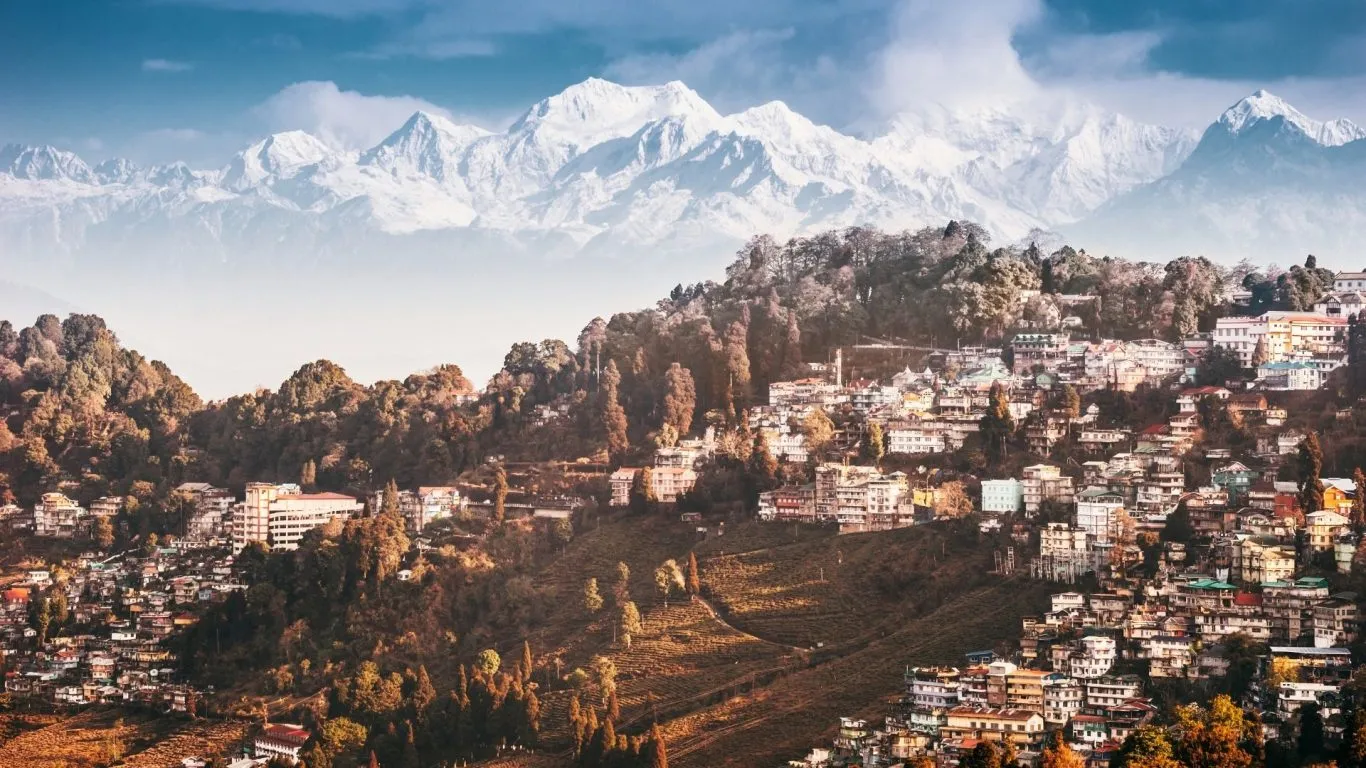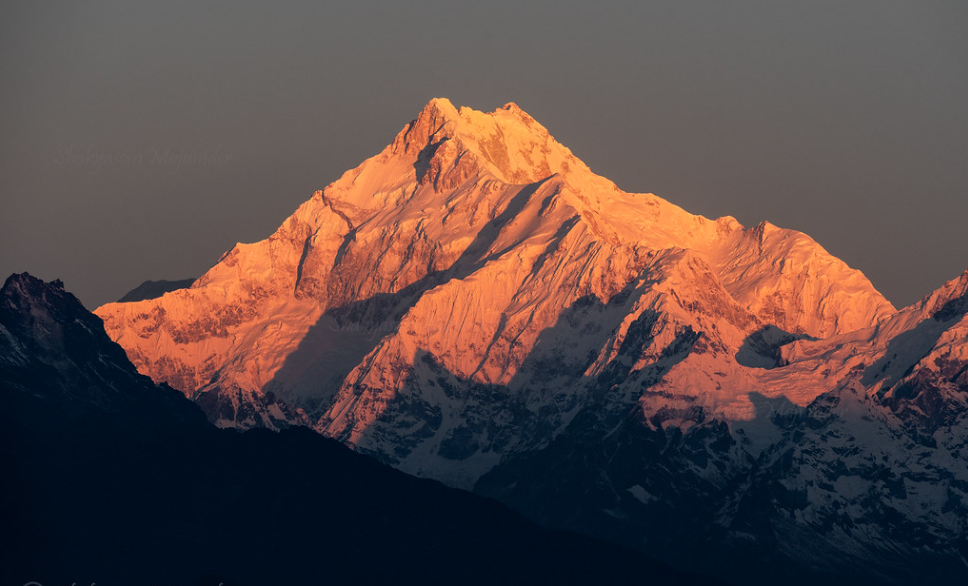AN ELGIN EXCLUSIVE FEATURE
Some head to the Caribbean for a week of sunshine to feel better. Others desire a Sedona spa for extra pampering and regular massages. There is a desire among a sort of traveler to escape to the hills and get ‘closer to nature.’ One step at a time, explore the nature. Permit time to slow down as they soak in their surroundings with all of their senses.

Image by Travel Triangle
Being surrounded by majestic picturesque alps, a trek to Himalayas is a one-in-a-lifetime experience.
A trek to the Himalayas is a once-in-a-lifetime excursion for that kind of adventurer. Stretching over 2,400 kilometers via five distinct nations, the Himalayas not only describe the folks dwelling amongst the steep cliffs, they have a manner of revamping visitors who are inclined to flee most sophisticated comforts behind. No roads, the bus routes end at certain elevation and sooner you’ll realize it’s the time to start walking. Instead, fly into Lukla to skip a couple of trail days. Thereafter, the pollution would be long gone. Though most households and teahouses use yak-dung fires for heat, and most homes use kerosene for cooking, the opportunities to inhale pristine alpine air are as ubiquitous as the terrain.

Image by Pickyourtrail
The crispness around can be sensed as the breeze surges down and you keep climbing over 8000 meters- a trail to test your endurance.
Away from the villages, on the open trail, the breeze surges down off peaks as high as 8,000 meters, clawing the troposphere’s margin. The crispness can be sensed, smelled, and tasted far beyond the industrial hive, Kathmandu- the oxymoron as to why you’d travel the Himalayas.
With trips through a week to months long jaunts to untainted pinnacles, the way to transit the Himalayas is the good old physically challenging, walking. You might be put off by the prospect of walking every day, but the pace remains solely up to you, relying on the tour you desire. Pack light and trust on a yak or porter with the bulk of your possessions, opting for a daypack with the staples, or go all out and lug it all on your back.

Image by Dreamstime
Yaks carrying baggage’s quite common practice you’d come across while climbing the colossal mountains.

Image by NPR
A typical Sherpa roams the Himalayas carrying a load that weighs more than he does. These people are believed to be superhumans for their impeccable strength and ability to survive in lower level of oxygen.
The Himalayan region of Everest, the simplicity’s attained through the exceptional love and compassion of Sherpa hosts. The Sherpa’s way of life has been sculpted by the mountains, close-knit and adapted to the weather and elevation, and reliance stands vital for survival. Foreigners are greeted as actual guests in the Sherpas’ nation and hills, not only will they lug your bag with a smiling face, displaying no traces of fatigue while you gasp for air as you ascend, yet they will anticipate your needs, handing a coat even before you discover it’s chilly.
The majority of montane culture has been swayed by Buddhist beliefs. Prayer flags and many stones, painted player carved stones, serve as constant affirmations of life’s oneness and the need to treat others with compassion. Each town has at least one monastery, operates as a meeting place and a house of worship.

Image by Indiahikes
A glimpse of milky way with countless stargazing campsites, Himalayas offers you the unforgettable experience of life.
As the night falls and it’s a new moon, the array of stars at higher altitudes would keep you spellbound. Few locales on the planet can rival to the Himalayas if it pertains stargazing. Yet the town experience light pollution, further up, away from the teahouses and farms, there’s the pitch black of night. There’re billions of stars to get lost in until daybreak.
Final virtue of trekking in the Himalayas being the impetus for change. Rarely people come back from Nepal without radical change in their persona after trekking for years and getting time to wander and ponder.
Many returns home with ‘something’. A sensation. A reminiscence. A perspective on the world. There are countless perks to trekking across Nepal’s Himalayas, and quite impossible to list them all. The finest way to acquire these privileges is to walk the trails, to hearken to the breeze on a ridge thousand feet above sea level, to eat what the locals eat, and to discover for yourself the Himalayan perks that will lure you back yet again.






